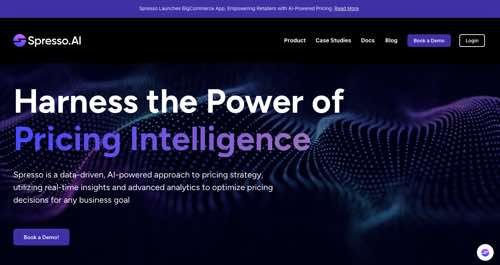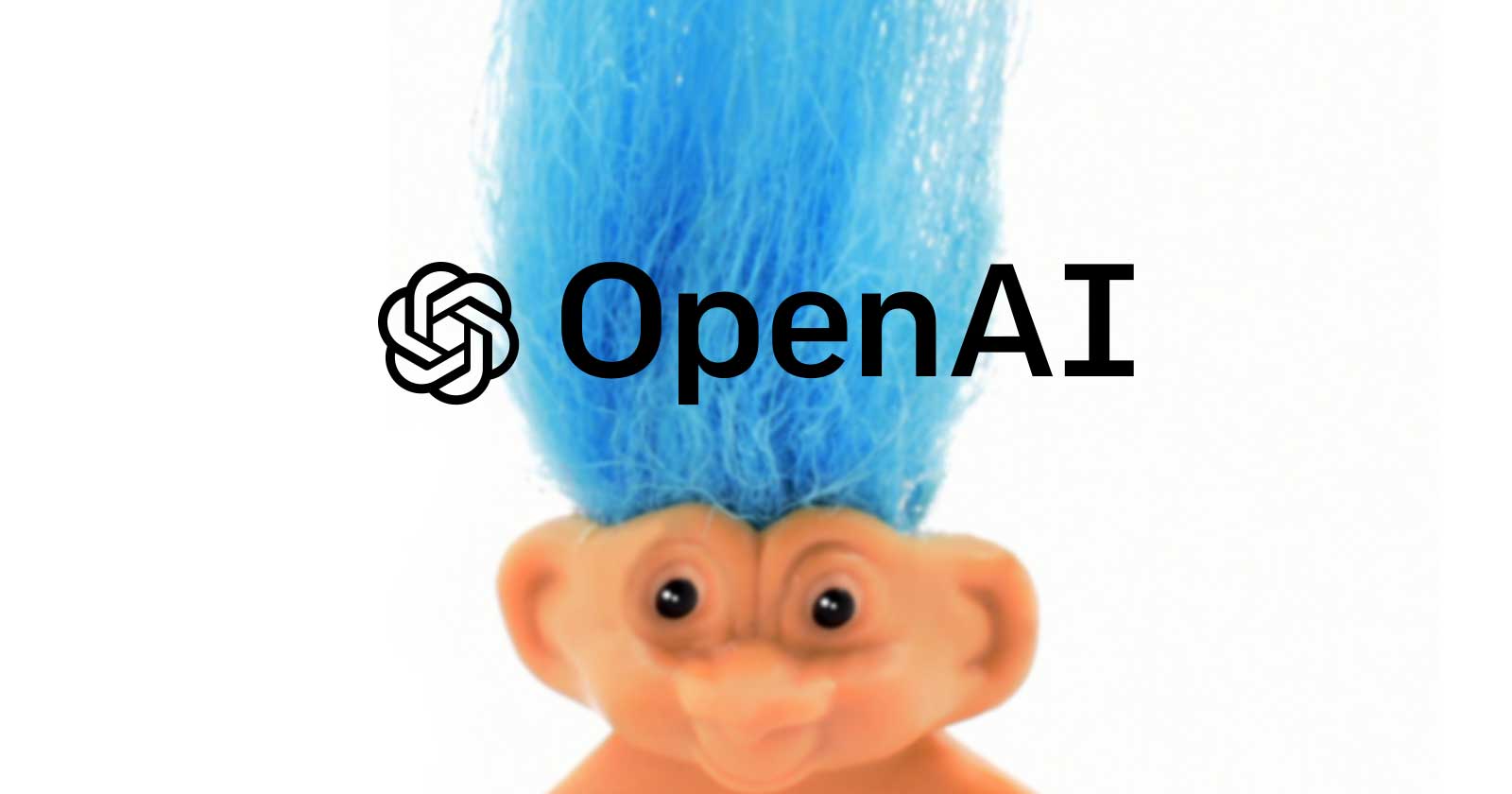A wave of retractions is shaking physics
Recent highly publicized scandals have gotten the physics community worried about its reputation—and its future. Over the last five years, several claims of major breakthroughs in quantum computing and superconducting research, published in prestigious journals, have disintegrated as other researchers found they could not reproduce the blockbuster results.
Last week, around 50 physicists, scientific journal editors, and emissaries from the National Science Foundation gathered at the University of Pittsburgh to discuss the best way forward.“To be honest, we’ve let it go a little too long,” says physicist Sergey Frolov of the University of Pittsburgh, one of the conference organizers.
The attendees gathered in the wake of retractions from two prominent research teams. One team, led by physicist Ranga Dias of the University of Rochester, claimed that it had invented the world’s first room temperature superconductor in a 2023 paper in Nature. After independent researchers reviewed the work, a subsequent investigation from Dias’s university found that he had fabricated and falsified his data. Nature retracted the paper in November 2023. Last year, Physical Review Letters retracted a 2021 publication on unusual properties in manganese sulfide that Dias co-authored.
The other high-profile research team consisted of researchers affiliated with Microsoft working to build a quantum computer. In 2021, Nature retracted the team’s 2018 paper that claimed the creation of a pattern of electrons known as a Majorana particle, a long-sought breakthrough in quantum computing. Independent investigations of that research found that the researchers had cherry-picked their data, thus invalidating their findings. Another less-publicized research team pursuing Majorana particles fell to a similar fate, with Science retracting a 2017 article claiming indirect evidence of the particles in 2022.
In today’s scientific enterprise, scientists perform research and submit the work to editors. The editors assign anonymous referees to review the work, and if the paper passes review, the work becomes part of the accepted scientific record. When researchers do publish bad results, it’s not clear who should be held accountable—the referees who approved the work for publication, the journal editors who published it, or the researchers themselves. “Right now everyone’s kind of throwing the hot potato around,” says materials scientist Rachel Kurchin of Carnegie Mellon University, who attended the Pittsburgh meeting.
Much of the three-day meeting, named the International Conference on Reproducibility in Condensed Matter Physics (a field that encompasses research into various states of matter and why they exhibit certain properties), focused on the basic scientific principle that an experiment and its analysis must yield the same results when repeated. “If you think of research as a product that is paid for by the taxpayer, then reproducibility is the quality assurance department,” Frolov told MIT Technology Review. Reproducibility offers scientists a check on their work, and without it, researchers might waste time and money on fruitless projects based on unreliable prior results, he says.
In addition to presentations and panel discussions, there was a workshop during which participants split into groups and drafted ideas for guidelines that researchers, journals, and funding agencies could follow to prioritize reproducibility in science. The tone of the proceedings stayed civil and even lighthearted at times. Physicist Vincent Mourik of Forschungszentrum Jülich, a German research institution, showed a photo of a toddler eating spaghetti to illustrate his experience investigating another team’s now-retracted experiment. Occasionally the discussion almost sounded like a couples counseling session, with NSF program director Tomasz Durakiewicz asking a panel of journal editors and a researcher to reflect on their “intimate bond based on trust.”
But researchers did not shy from directly criticizing Nature, Science, and the Physical Review family of journals, all of which sent editors to attend the conference. During a panel, physicist Henry Legg of the University of Basel in Switzerland called out the journal Physical Review B for publishing a paper on a quantum computing device by Microsoft researchers that, for intellectual-property reasons, omitted information required for reproducibility. “It does seem like a step backwards,” Legg said. (Sitting in the audience, Physical Review B editor Victor Vakaryuk said that the paper’s authors had agreed to release “the remaining device parameters” by the end of the year.)
Journals also tend to “focus on story,” said Legg, which can lead editors to be biased toward experimental results that match theoretical predictions. Jessica Thomas, the executive editor of the American Physical Society, which publishes the Physical Review journals, pushed back on Legg’s assertion. “I don’t think that when editors read papers, they’re thinking about a press release or [telling] an amazing story,” Thomas told MIT Technology Review. “I think they’re looking for really good science.” Describing science through narrative is a necessary part of communication, she says. “We feel a responsibility that science serves humanity, and if humanity can’t understand what’s in our journals, then we have a problem.”
Frolov, whose independent review with Mourik of the Microsoft work spurred its retraction, said he and Mourik have had to repeatedly e-mail the Microsoft researchers and other involved parties to insist on data. “You have to learn how to be an asshole,” he told MIT Technology Review. “It shouldn’t be this hard.”
At the meeting, editors pointed out that mistakes, misconduct, and retractions have always been a part of science in practice. “I don’t think that things are worse now than they have been in the past,” says Karl Ziemelis, an editor at Nature.
Ziemelis also emphasized that “retractions are not always bad.” While some retractions occur because of research misconduct, “some retractions are of a much more innocent variety—the authors having made or being informed of an honest mistake, and upon reflection, feel they can no longer stand behind the claims of the paper,” he said while speaking on a panel. Indeed, physicist James Hamlin of the University of Florida, one of the presenters and an independent reviewer of Dias’s work, discussed how he had willingly retracted a 2009 experiment published in Physical Review Letters in 2021 after another researcher’s skepticism prompted him to reanalyze the data.
What’s new is that “the ease of sharing data has enabled scrutiny to a larger extent than existed before,” says Jelena Stajic, an editor at Science. Journals and researchers need a “more standardized approach to how papers should be written and what needs to be shared in peer review and publication,” she says.
Focusing on the scandals “can be distracting” from systemic problems in reproducibility, says attendee Frank Marsiglio, a physicist at the University of Alberta in Canada. Researchers aren’t required to make unprocessed data readily available for outside scrutiny. When Marsiglio has revisited his own published work from a few years ago, sometimes he’s had trouble recalling how his former self drew those conclusions because he didn’t leave enough documentation. “How is somebody who didn’t write the paper going to be able to understand it?” he says.
Problems can arise when researchers get too excited about their own ideas. “What gets the most attention are cases of fraud or data manipulation, like someone copying and pasting data or editing it by hand,” says conference organizer Brian Skinner, a physicist at Ohio State University. “But I think the much more subtle issue is there are cool ideas that the community wants to confirm, and then we find ways to confirm those things.”
But some researchers may publish bad data for a more straightforward reason. The academic culture, popularly described as “publish or perish,” creates an intense pressure on researchers to deliver results. “It’s not a mystery or pathology why somebody who’s under pressure in their work might misstate things to their supervisor,” said Eugenie Reich, a lawyer who represents scientific whistleblowers, during her talk.
Notably, the conference lacked perspectives from researchers based outside the US, Canada, and Europe, and from researchers at companies. In recent years, academics have flocked to companies such as Google, Microsoft, and smaller startups to do quantum computing research, and they have published their work in Nature, Science, and the Physical Review journals. Frolov says he reached out to researchers from a couple of companies, but “that didn’t work out just because of timing,” he says. He aims to include researchers from that arena in future conversations.
After discussing the problems in the field, conference participants proposed feasible solutions for sharing data to improve reproducibility. They discussed how to persuade the community to view data sharing positively, rather than seeing the demand for it as a sign of distrust. They also brought up the practical challenges of asking graduate students to do even more work by preparing their data for outside scrutiny when it may already take them over five years to complete their degree. Meeting participants aim to publicly release a paper with their suggestions. “I think trust in science will ultimately go up if we establish a robust culture of shareable, reproducible, replicable results,” says Frolov.
Sophia Chen is a science writer based in Columbus, Ohio. She has written for the society that publishes the Physical Review journals, and for the news section of Nature.
















